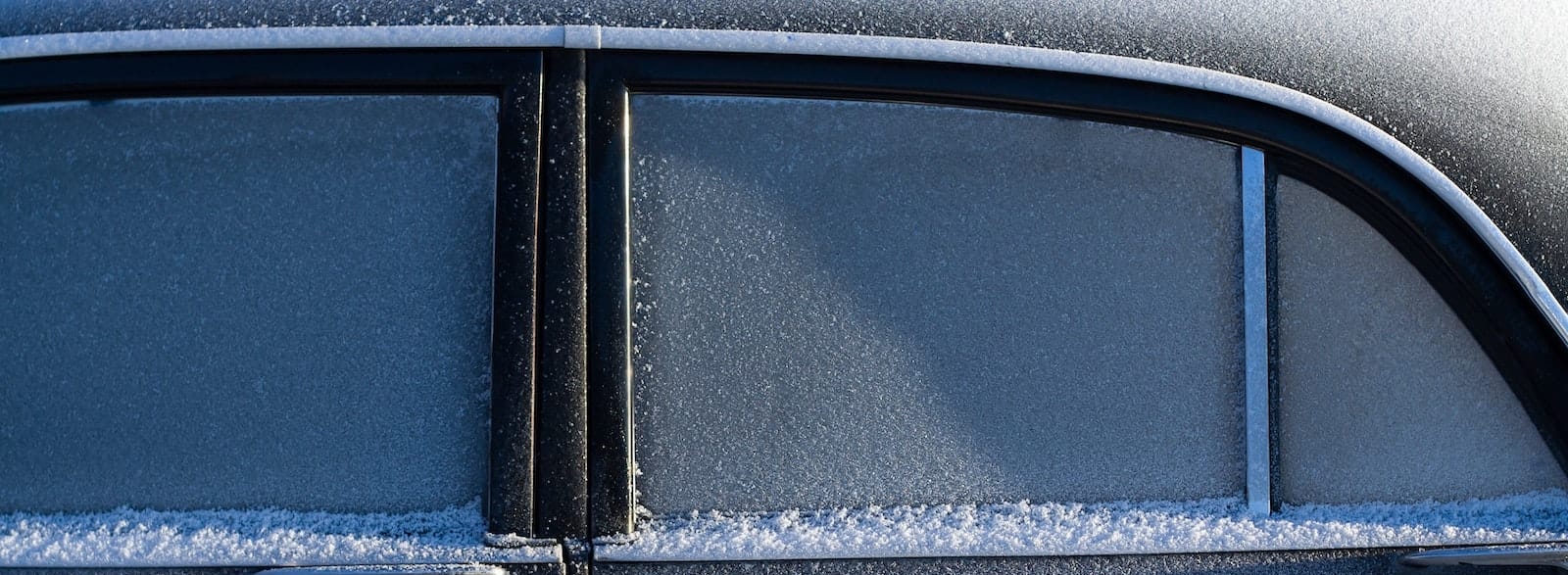If you’re behind the wheel of a car, there are lots of things you can do to reduce your carbon footprint and help fight climate change – and save some serious cash on fuel.
The concept of eco-driving might sound strange, but it doesn’t have to be. Meet Bob, an eco-conscious driver who drives to work every day. Whenever Bob takes off in his car, he knows he’s taking measures to reduce his carbon footprint.
With the help of some simple tips and tricks—like keeping his car in top shape and adjusting his driving habits — Bob can make strides towards reducing his impact on climate change without sacrificing practicality or convenience.
Eco-driving can be a cost-effective way to do your bit for the environment, just like Bob. But how do you get started? Here are seven easy steps you can take today.

Drive sensibly for a more fuel-efficient journey
Driving sensibly is the best way to get your wheels turning in an eco-friendly direction. Sure, it sounds obvious – but it’s actually really important if you want to reduce your emissions. There are a few ways you can do this.
Accelerating too quickly or braking too harshly won’t do your fuel efficiency any good, for example. Speeding, tailgating, and switching lanes frequently are also not great examples of safe and legal driving. All these driving behaviours constitute aggressive driving which can impact your fuel efficiency by an average of 31%.
As it happens, speeding isn’t even the deciding factor when it comes to cutting your journey times in cities, anyway. The most fuel-efficient driving speed in urban environments is 20 miles per hour, and driving any faster won’t improve your journey time as dramatically as you’d think. Being a safer driver is also good for the planet and good for your wallet. Who would have guessed it?
Similarly, switching gears too late leads to poor fuel efficiency. Instead, you should switch to higher gears in plenty of time when you accelerate, as they tend to be more economical than lower gears.
You can also help lower your emissions by reducing how much time you spend idling at the traffic lights. Researchers have found that it’s best to turn off your engine even if you’re just waiting for a few seconds at a traffic light. In fact, emissions at busy junctions could be halved if motorists simply switched off their engines and turned them back on instead of allowing them to idle.
Moral of the story? Think about switching off your engine if it looks like you’ll be waiting in traffic for a while. Switching off at a red light when you’re the next car to set off might seem a little overkill, but if you know you’ll be stuck for a while, you might want to consider it. A lot of newer cars automatically switch off anyway so if the car in front of you is looking pretty new it might be doing it as well. Your wallet will thank you in the long run!

Use an ice scraper to defrost your car
The last thing you want to do when you’re running late for work in the morning is defrost your car. But you can’t set off when your ride more closely resembles the inside of an igloo than a car.
We get it – you’re probably tempted to just turn the heater on and blast it at the windscreen while enjoying a hot brew in the driver’s seat. But making your car do all the work is not only wasteful but also not great for climate change. So what do you do?
You could use an ice spray, but the chemicals in them can be harmful to the planet. Pouring boiling water on your frozen windscreen is a brilliant way to crack it. That’s where your trusty ice scraper comes in.
An ice scraper requires a little elbow grease and a little time in the cold as you scrape off the ice from your windscreen. But, it greatly helps the process along and allows you to get on your way faster. Bonus points: you don’t need to blast your heater on full for ages.
Getting your car ready for the road is important, and there are clear laws about ensuring your car has all-round visibility, so always ensure that you have clear visibility before setting off. And make sure you also do the lights so people can see when you are indicating and stopping too!

Combine trips by planning ahead of time to save fuel
Planning ahead and combining trips can have a significant impact on your eco-conscious efforts. For starters, you’re not wasting fuel just to go pick up a few items or drive to the same place twice; you’re using that fuel for a purpose. So instead of running errands as and when you feel inspired, combine a couple of tasks that are along a similar route where possible.
If you can, use websites like Google Maps to check the least busy times to drive to your destinations. You’ll avoid traffic and other delays by avoiding peak hours when possible and it may even recommend the most eco route. If you’re running errands early in the morning or late at night, chances are higher that the roads won’t be jammed with other cars waiting at red lights or getting stuck in gridlock. And let’s face it – being stuck in traffic isn’t fun for anyone, but it’s especially bad for your car’s emissions.
If you can combine trips and plan ahead of time, you can make sure your vehicle is always running at top efficiency with fewer stops along the way. This means less idling and fewer emissions overall – which ultimately saves you more money and makes your journeys more eco-conscious.

Get your car serviced and make sure it’s well-maintained
Keeping your car in good running condition is like maintaining a healthy lifestyle: it’s something that pays off in the long run. Regular servicing helps ensure your vehicle runs more efficiently, saving you money and reducing emissions at the same time. How? It all starts with one of the most important components of your car—the engine.
Servicing your engine regularly makes sure your spark plugs, oil levels and filter are all checked and replaced if needed. This helps your car run more smoothly and uses less fuel over time. In addition, regular servicing can help identify any potential problems or issues before they become costly repairs further down the line.
Another way to make sure your car is running as efficiently as possible is to keep its tires properly inflated at all times. Low tyre pressure increases drag on the road and ultimately reduces fuel economy. A monthly tyre pressure check could increase your car’s fuel efficiency by around 3%.

Think about your load before you load up
It’s not always possible to travel light. But your vehicle’s fuel efficiency will be significantly impacted by a heavier load. So if you can embrace the backpacker life and load up less, you might do the planet and your wallet a favour.
The heavier your vehicle is, the more fuel it needs to move – so why waste your hard-earned cash by carrying something around that you don’t need? Did you know that carrying an extra 100 pounds in your boot could decrease fuel efficiency by around 1%? But not only that, if you’re hauling rooftop cargo, the drag caused by it can reduce fuel economy from an already dismal 2% to an abysmal 8%, making the cost of fueling even higher.
It’s especially bad for motorway driving or driving at high speeds – carrying goods on top can cause fuel economy to drop between 6% and 17%. So unless those items are essential for wherever you’re headed, it’s best to leave them at home.
Plus, let’s face it, you never end up using all the gear and outfit changes you bring along anyway. So why not be more mindful about your luggage next time? The planet will thank you.

Make use of free tools like Google’s eco-friendly routing feature
Free tools like Google’s eco-friendly routing feature can make your car journey as fuel efficient as possible. This handy tool helps ensure that you get where you need to go in the most energy-efficient way possible.
You don’t have to sacrifice your schedule for being green. You can reach your destination in a timely manner while being a little more eco-friendly by reducing your car’s carbon footprint.
Enabling this feature only enhances your Google Maps experience. Google Maps still takes into account real-time traffic and road conditions so that you get the best of both worlds: an energy-efficient route with minimal delays.

Use Zixty’s temporary car insurance to offset your journeys
At Zixty, we know that our planet is precious and we want to do our part by helping drivers be more eco-conscious. With our week car insurance, you can now offset your journeys up to 100 miles a day with our free Zixty Miles add-on! That’s right — no extra cost for being environmentally aware.
All you have to do is enable Zixty Miles through the app when you take out a policy with us. We’ll then give you an EcoScore to tell you how green your driving is, and even offer plenty of tips to help turn you into an eco-driving superstar! We’ll also plant a tree on your behalf with every new policy you take out AND carbon offset your journey up to 100 miles a day while you’re a customer.
Sound like a good deal? Then make sure to check out Zixty next time you need temporary car insurance.
Seven easy ways to become a more eco-conscious driver: An overview
Eco-driving can be a great way to show your commitment to tackling climate change. Reducing your carbon footprint doesn’t have to break the bank – there are plenty of simple changes you can make in your everyday life which have positive impacts on the environment without costing you an arm and a leg.
Not all of us can afford the latest Tesla EV, but that doesn’t mean we can’t take small steps to make the planet a better place.
From driving sensibly and using Google’s eco-friendly routing feature to getting regular car services done and using temporary car insurance from Zixty – these steps could help make sure that your journeys are as green as possible.